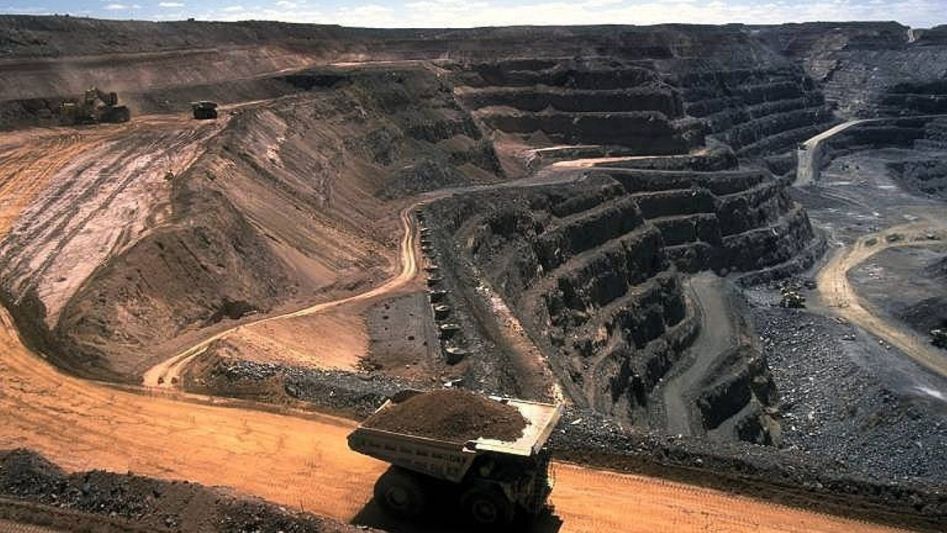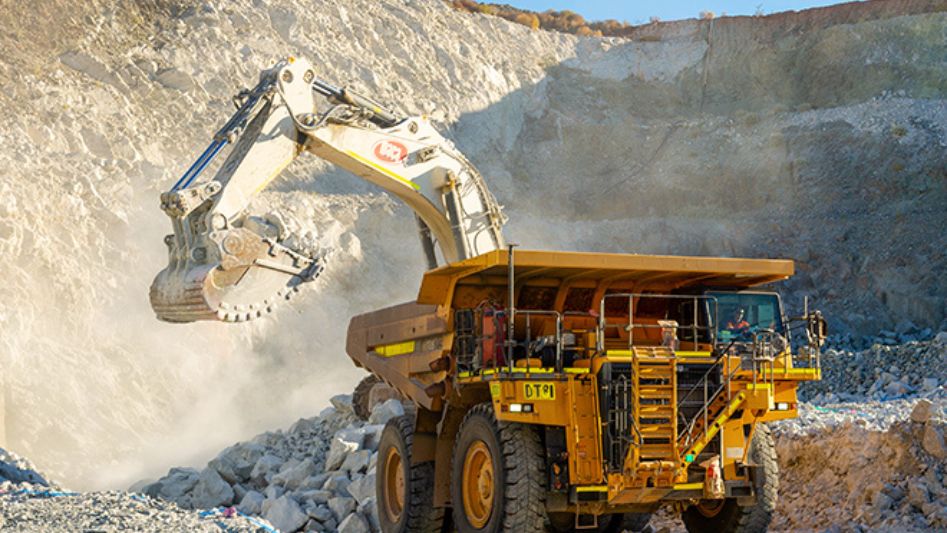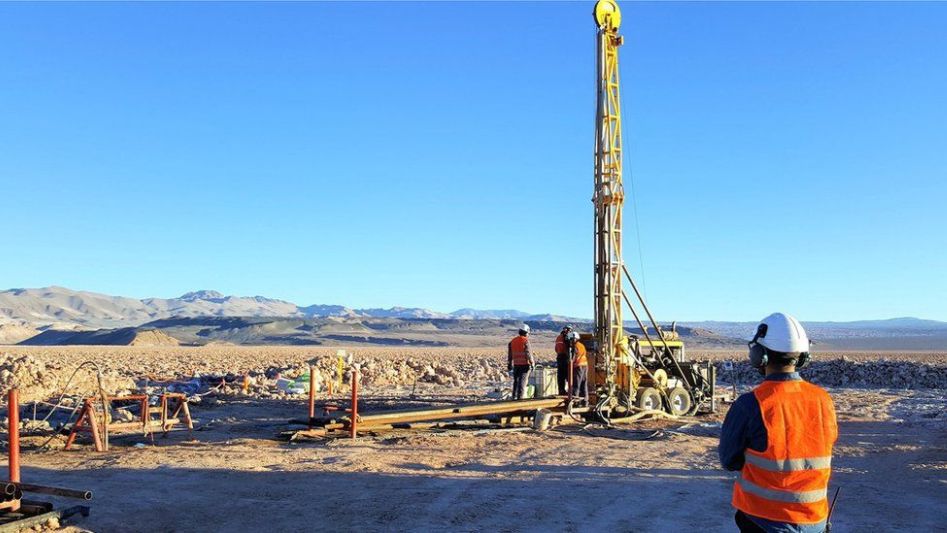Lithium-ion batteries have become increasingly popular, especially for use in electric vehicles and airplanes. Here’s what you need to know about lithium mining.
Table Of Content
- Introduction
- Lithium extraction
- The risks of lithium mining
- Improved technologies for lithium extraction
- Growing demand
- Conclusion
- FAQ
- You May Also Like
- External Links
Demand for metal rises in tandem with the popularity of electric vehicles.
The rising popularity of lithium-based battery technology and electric vehicles has resulted in an international uptick in demand for lithium extraction. In any case, lithium, where does it come from and how is it made?This explanation will provide you with all the information you need, including the effects on the environment.
Lithium is an alkali metal with strong reactivity and great thermal and electrical conductivity. Lubricants, pharmaceuticals, glass, and most significantly, lithium-ion batteries for electric vehicles and consumer devices can all benefit from its properties.

Nonetheless, due to its extreme reactivity, lithium cannot be found in its pure form in nature. It is found in the form of salts and other chemicals. Lithium carbonate, a more stable molecule, makes up the vast majority of commercially accessible lithium. This form of lithium can be further processed into compounds and salts.
Lithium salts are present in geothermal water, oceans, and saline environments, as well as in subsurface deposits of clay, mineral ore, and brine. The vast majority of lithium in use today was originally sourced from mines. In briny lakes, often called salars, the concentration of lithium can reach as high as 1,000 to 3,000 parts per million.
Lithium extraction
Known as “the lithium triangle,” Bolivia, Argentina, and Chile are home to the world’s highest concentration of salt deposits rich in lithium. After being mined from salars, lithium is refined into lithium carbonate, which is the primary raw material for lithium-ion battery manufacturers.
In most cases, brine mining in salars takes anywhere from eight months to three years. In order to begin mining, a hole must be drilled and brine must be pumped to the surface. The mixture of manganese, potassium, borax, and salts is then filtered and left to evaporate for a few months in a separate evaporation pool.
The mixture must be filtered for 12–18 months before the lithium carbonate, also called white gold, can be extracted. While efficient and cost-effective, the process consumes a lot of water—about 500,000 gallons for every tonne of lithium recovered.
Because of this, the surrounding communities are put under a great deal of stress. For instance, mining has resulted in the loss of 65 percent of the water supply in Chile’s Salar de Atacama. Farmers in the area are feeling the effects of this since they need to find a new source of water for their crops and livestock.
The risks of lithium mining
Lithium mining could face multiple challenges in the region, one of which is a lack of water. Hydrochloric acid, which is used in the production of lithium, and other waste compounds that can filter out of the brine can seep into the water supply from the evaporation pools.
Lithium is typically mined in the United States, Canada, and Australia using conventional mining techniques. However, chemical processes are still necessary for practical extraction. Fish 150 miles down river from a lithium processing plant in Nevada, for instance, showed signs of stress, according to the study.
Friends of the Earth claimed in a report that polluting the air and soil when harvesting lithium is inevitable. Lithium has been blamed for polluting streams in the Salar del Hombre Muerto region of Argentina, where inhabitants and their animals depend on them. In Chile, mining companies and villagers have clashed.
Improved technologies for lithium extraction
Researchers contend that new extraction technologies are needed to make battery production less harmful to the environment. Because of this, many people all around the world are investigating other options, such as battery chemistries that use less expensive and safer materials than cobalt and lithium.
However, the environmental impact of new batteries that are either less efficient or more expensive remains uncertain. An Elsevier expert named Christina Valimaki warned that the carbon footprint of a less sturdy but more sustainable device could increase due to transportation and additional packaging.

The ability to reuse lithium-ion batteries is also crucial. Only 2% of Australia’s 3,300 metric tonnes of lithium-ion waste was recycled, according to a recent study. That’s an issue since a lot of old batteries and other electronic waste ends up in landfills, where they can leach toxic metals and ionic fluids into the groundwater supply.
The Birmingham Energy Institute is attempting to find safe methods to remove and disassemble lithium-ion cells from electric vehicles by using robotics technology originally developed for nuclear power plants. Several recycling facilities caught fire due to careless storage of lithium-ion batteries.
One major impediment to recycling batteries is the manufacturers’ lack of transparency regarding their components.These days, most recovered cells are shredded, producing a slag from which the various metals can be extracted using pyrometallurgical processes.
Growing demand
Mobile smartphones and other technological toys are becoming increasingly popular around the world, driving up demand for lithium-ion batteries. Given the eventual phase-out of fossil fuels and the subsequent reduction in global greenhouse gas emissions, this is especially pertinent for electric vehicles.
There will be a rise in lithium demand by 2025, with the LCE market reaching over 1.3 million metric tonnes (lithium carbonate equivalent). That’s a whopping five times the current rate. That’s the fault of a whole bunch of car manufacturers. So Volkswagen, for one, plans to introduce over 70 different electric vehicle types over the next decade.
China’s 2015 announcement that its five-year plan would give preference to electric vehicles is also a factor in the rising demand for lithium. Lithium prices have more than doubled from 2016 to 2018 and are only going up as demand increases.
What remains unknown, however, are the effects of such a high demand on the natural world and the populations located close to the salt mines from which the lithium is mined. With increasing demand from electronics and EVs, cleaner lithium extraction methods are becoming increasingly important.
Conclusion
The widespread adoption of EVs holds great potential for the health of ecosystems and economies around the world. There has been at least a 30% annual increase in EV sales since 2016, and the Biden administration hopes to increase that number. President Biden has aimed to have EVs make up 50% of new car sales in the United States by the year 2030. The target is ambitious but not impossible, provided there is sufficient lithium supply for the production of lithium-ion batteries used to power EVs.

FAQs
Exactly what is the reality of lithium extraction?
Lithium mining, according to a report by FoE, unavoidably pollutes the air and damages the soil. The mining industry is “increasingly harming communities where this hazardous extraction takes place, jeopardising their access to water,” as the report puts it.
Does the extraction of lithium threaten the planet?
Arid Andean regions in Argentina, Chile, and Bolivia, home to half the world’s reserves, are experiencing a mining boom due to the rising demand for lithium to power electric vehicles. Many hydrologists are concerned that the mines will deplete ecosystems and leave Indigenous peoples without access to clean water.
To produce one lithium battery, how many metric tons of dirt are needed?
One battery need digging and transferring between 200,000 and 1,500,000 pounds (or 90 and 680 metric tons) of soil. This includes the materials first dug up to get to the ore.
You May Also Like
- CAN THIS METAL DO BETTER THAN LITHIUM BATTERIES?
- WHAT IS LITHIUM USED FOR IN RENEWABLE ENERGY?
- WHY GENERATION IV IS THE FUTURE OF NUCLEAR POWER?
- WILL LITHIUM FINALLY HELP ARGENTINA TO TAKE OFF?
- WHY IS STILL HARD TO QUIT ON FOSSIL FUELS?
External Links
- Lithium mining is booming — here’s how to manage its impact
- How much lithium does the world need?
- The spiralling environmental cost of our lithium battery addiction
- Why Is Lithium Important and How Is It Extracted?
- Sustainable Lithium Mining: The Technology Behind Improving Yields and Reducing Waste
